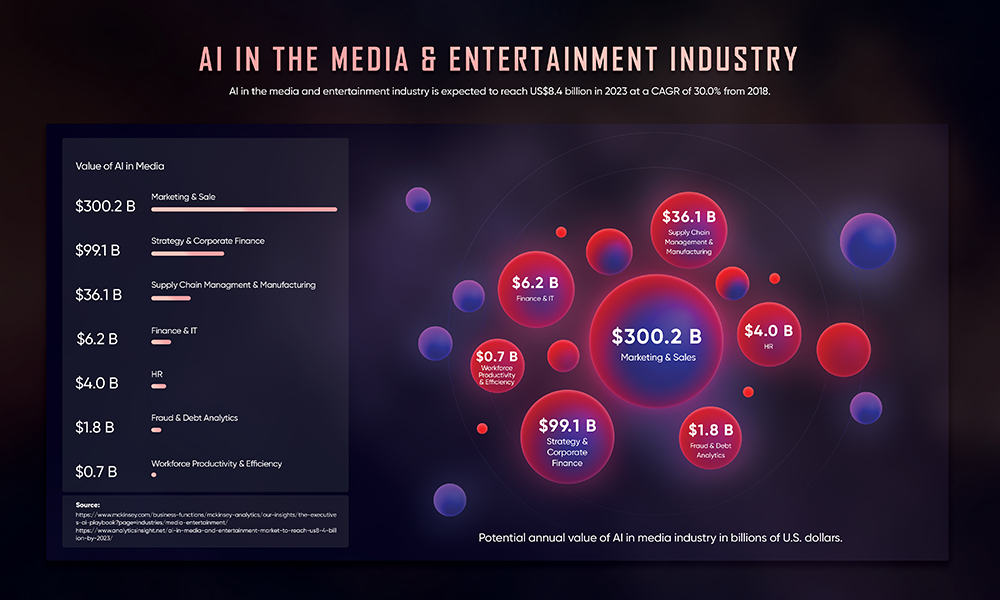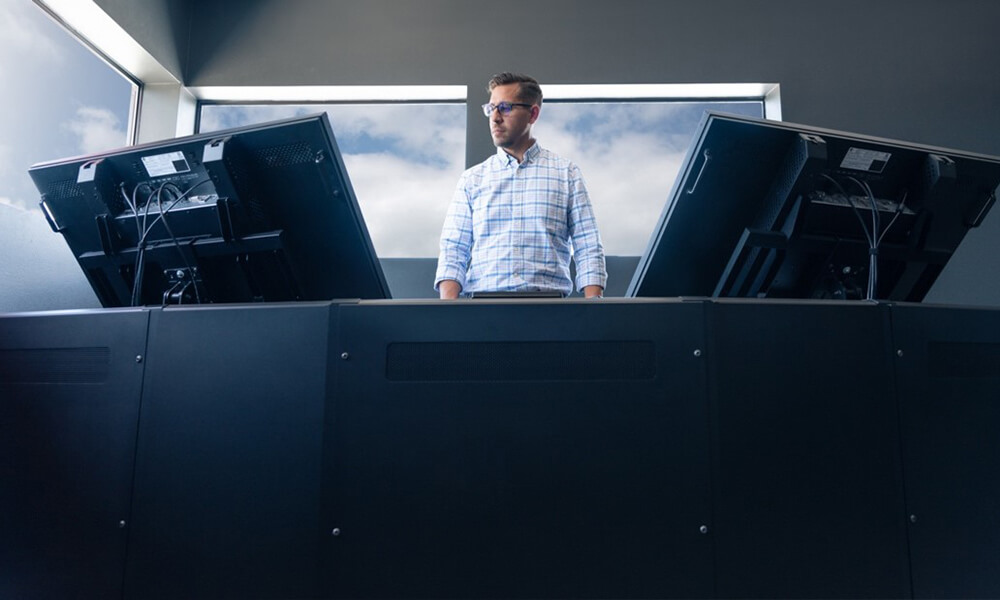
COMBATING DEFORESTATION AND CLIMATE CHANGE THROUGH DRONES
The Deforestation Crisis:
Trees are vital for our environment and provide a wide range of benefits. Trees absorb greenhouse gases and pollutants, while releasing clean Oxygen for us to breathe. They reduce global warming and can bring down the temperature in a city up to 7°C. They also prevent soil erosion, strong winds, flooding and landslides. A single tree can be home to hundreds of species, making them essential for sustaining biodiversity, survival of species and ecosystems. Trees create beautiful scenery and provide many economic opportunities for the community. They produce timber, food, fuel and paper etc.
Unfortunately, trees are being lost rapidly due to many factors like wildfires, housing, industrialization, logging, agriculture and mining etc. 15 Billion trees are cut every year by humans. According to the World Bank, more than 1.3 Million Square Kilometers have been lost from 1990-2016 due to logging and wildfires. The situation is more critical in developing countries, without preservation programs. Quick and serious measures are required to lower the deforestation rate and prevent irreversible losses to the environment. Technology and AI can be a savior for this crisis, like in other environmental issues.
Drones to the Rescue:
Unmanned Aerial Vehicles (UAVs), commonly known as drones, are flying machines which are autonomous or remotely operated. The trend of utilizing UAVs in many different applications is rising. Seed sowing is an ideal application for them, because the core objectives of developing robots include performing repetitive, dirty or dangerous tasks in inaccessible areas at a fast rate and low-cost.
There are two types of UAV-based seed sowing approaches. The seeding drone approach involves simply spreading bags of seeds evenly on a planned area and later the drone is responsible for protecting and taking care of the germinating seeds. In the seed bomb or seed pod approach, the seeds are enclosed in special balls of soil containing moisture and nutrients, which reduces the need for spraying and protecting, after shooting them.
Many governments, organizations and startups are making efforts in this area and setting goals for planting billions of trees. There are a number of start-ups around the world, which are working on UAV based seed sowing and their solutions have been deployed in many countries including USA, UAE, Brazil, Australia, New Zealand, Myanmar, India and Pakistan.
The use of UAVs makes the seeding process very fast, high output, cost-effective, safe and scalable. It also allows reaching remote and inaccessible places. UAV based solutions have claimed to be up to 25 times faster and 80% cheaper compared to manual planting.
The Role of Artificial Intelligence:
Sowing Seeds effectively and efficiently through UAVs requires using artificial intelligence (AI) techniques at several steps, related to perception, planning, navigation, optimization and decision making. Before planting the seeds, the drones monitor the area and collect data, which is used to estimate optimal locations and plans for planting seeds. The UAVs are equipped with sensors including cameras, LIDAR, thermal cameras and multi-spectral sensors like near-infrared (NIR). Satellite imaging and remote sensing data is often combined with that data.
A 3D map is created by the surveying drone using the sensors and structure from motion techniques. After finding sowing locations, AI is used in the form of coverage path planning algorithms that generate optimal trajectory to cover all locations. The localization is done using GPS and probabilistic robotics algorithms. Obstacle avoidance routines are used during navigation. Swarm Intelligence is used in swarms of sowing drones, which saves time.
Finding the optimal positions and areas for seed sowing requires AI application, because information about the state of several things has to be extracted. Monitoring and looking after planted seeds also requires that. That information includes topography, vegetation, soil conditions, yield, growth, unused land, burnt areas, tree and stem height, canopy gaps and densities and counts of plants and seeds. This is done using Computer Vision and Image Processing techniques for tasks like object detection, semantic segmentation, instance segmentation, object counting and structure from motion. Modern Deep Learning models provide quite accurate results, despite challenges like variations in environment and cluttered small objects. Satellite images also provide useful spatial and temporal information. Vegetation Index computed from them is used by drones. However drones provide high-resolution information, which is area and task specific.
Apart from optimal locations estimation, data analysis and
machine learning is utilized for recommending the seeds, seed
coating and plant types for particular locations, and estimating
viability and dormancy conditions.

